Oak Leaf Holly
$44.50 Original price was: $44.50.$31.15Current price is: $31.15.
- Free Shipping over $25
- Fast & reliable delivery options
- Enjoy top quality items for less
- Multiple safe payment methods

Everyone loves holly bushes, and when we meet a really lovely one, we want to offer it to our clients. The Oak Leaf Holly is one of those great hollies, and this fast-growing tree, reaching perhaps 20 feet tall in just 10 years, has lots of vigor, as might be expected from its complex parentage. It has attractive foliage, with the classic holly spines on a leaf that is flatter and more oak-like than other hollies.
Where it really wins out is in producing fruit all by itself. Almost all other hollies have separate male and female trees, and a male tree is needed for females to produce berries. Not the Oak Leaf Holly. It has ‘perfect’ flowers, so it can pollinate itself. This means that if you only have room for one holly bush, this is the one to go for. Its bold, upright pyramidal shape make it a great choice as a specimen, or planted in a row as a screen. It can be grouped together to make handsome background plantings, and it even grows well in large containers, where it will still produce a great crop of berries. For grouping or as a hedge or screen, space the trees 8 to 10 feet apart.
Because it is self-pollinating, just one tree will be covered all winter with big clusters of bright orange-red berries – perfect for cutting for wreathes and decoration during the holiday season, or for leaving on the bush to brighten the winter garden. As well, if you have other female holly bushes that don’t have berries, the Oak Leaf Holly will pollinate them too, and suddenly all your holly bushes will be full of bright berries (as long as they are female varieties of course.)
Growing Oak Leaf Holly Trees
With its rich, emerald-green leaves, the Oak Leaf Holly is beautiful all year round. In spring the new leaves have a maroon edge to them, and the whole leaf may be suffused with a maroon glow. This soon turns to a rich, deep green, that last all through the summer and winter. After the first flush of growth, you can trim your bush to make it denser, or to develop a more formal, upright shape. It can be trimmed again in late summer, and a new flush of growth will fill out, giving your tree an attractive look for the winter months.
The leaves are up to 3 ½ inches long, and they have 3 to 5 sets of spines along the sides, and 3 spines at the end, with one tipping the leaf. The leaves have an attractive slightly mat look, rather than the high-gloss seen on many holly bushes. In spring, you will see clusters of small white flowers, and as the season progresses these develop into large orange-red berries. The berries are over ¼ inch in diameter, and they are in clusters of up to 15 berries. Trees normally produce a big crop of these attractive fruits, which decorate the plants for months, and are eventually eaten by birds.
Hardiness, Soil Conditions, and Watering
The Oak Leaf Holly is a tough, hybrid tree that will grow in almost any kind of soil, from moist soils to dry ones, and from sandy soils to heavy clay. There is hardly a soil this tree will not grow in, so if you have tough soil, it is up to the challenge. Of course, during the first year or two you will need to water regularly, especially if you have sandy soils, or during dry spells. Once your trees are established however, they will tolerate drought, and thrive with no attention from you. It has no particular pests or diseases, and it is hardy to at least zone 7, and possibly even colder conditions. It will also grow well in zones 8 and 9.
History and Origins of the Oak Leaf Holly
A seedling from a batch of holly seeds was the origin of the Oak Leaf Holly. It was found by Jack Magee in 1989. growing at the Evergreen Nursery, Poplarville, in Mississippi. The seeds had come naturally from a hybrid holly called `Mary Nell`, which is a mixture of three holly species. The lusterleaf holly (Ilex latifolia) was one parent and the other was an unnamed hybrid between the Burford holly (Ilex cornuta ‘Burfordii’) and the Red Delight perny holly (Ilex pernyi ‘Red Delight’). With three different holly species contributing, the Oak Leaf Holly has lots of good genes, making it vigorous and fast-growing – as much as 24 inches in a single year.
Be the first to review “Oak Leaf Holly” Cancel reply
Related products
Cryptomeria Trees
Evergreen Trees
Evergreen Trees
Evergreen Trees
Evergreen Trees
Evergreen Trees
Evergreen Trees
Cedar Trees

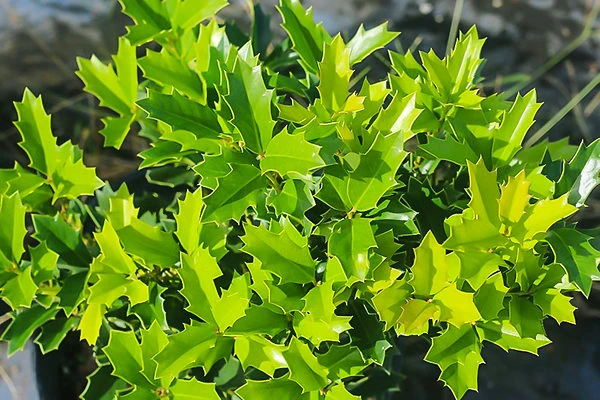
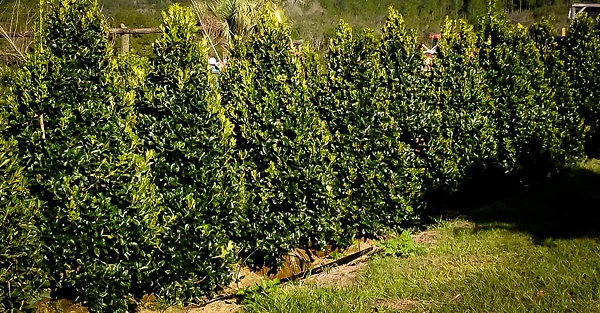

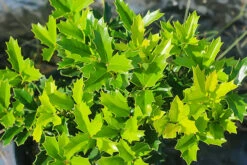
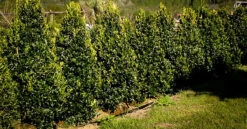

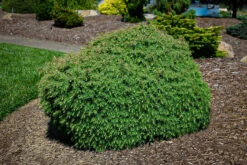

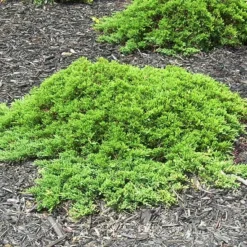
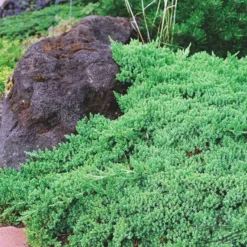
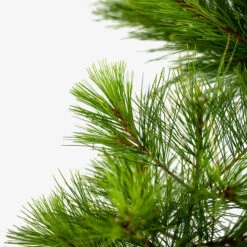
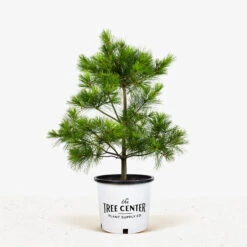
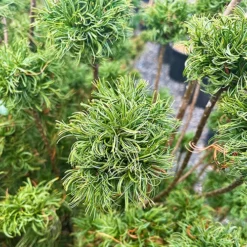
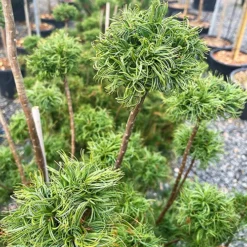


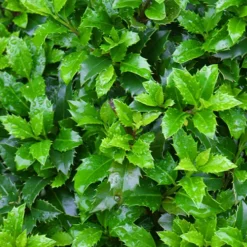

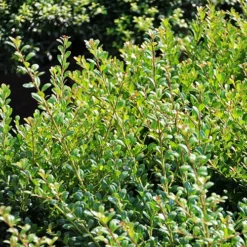
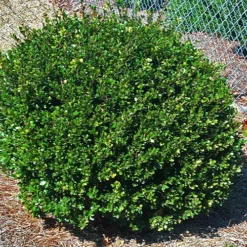


Reviews
There are no reviews yet.